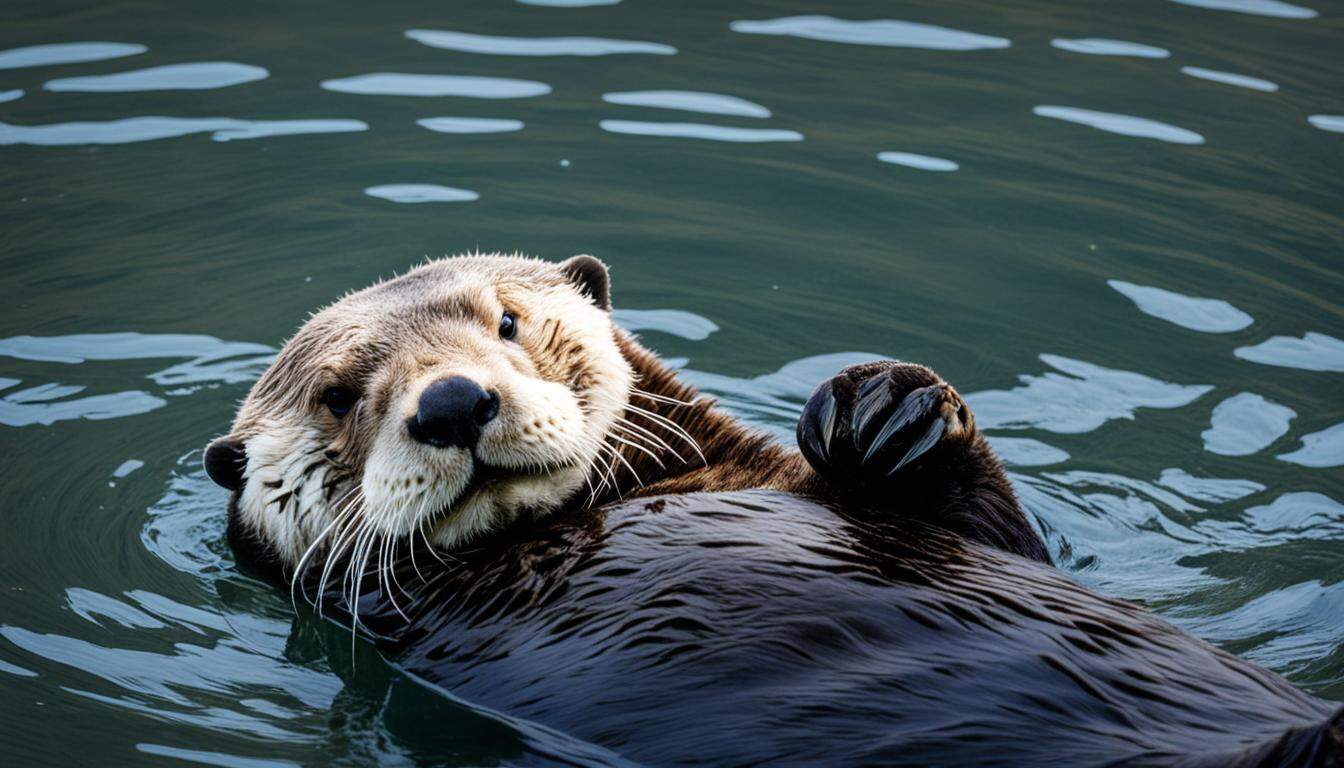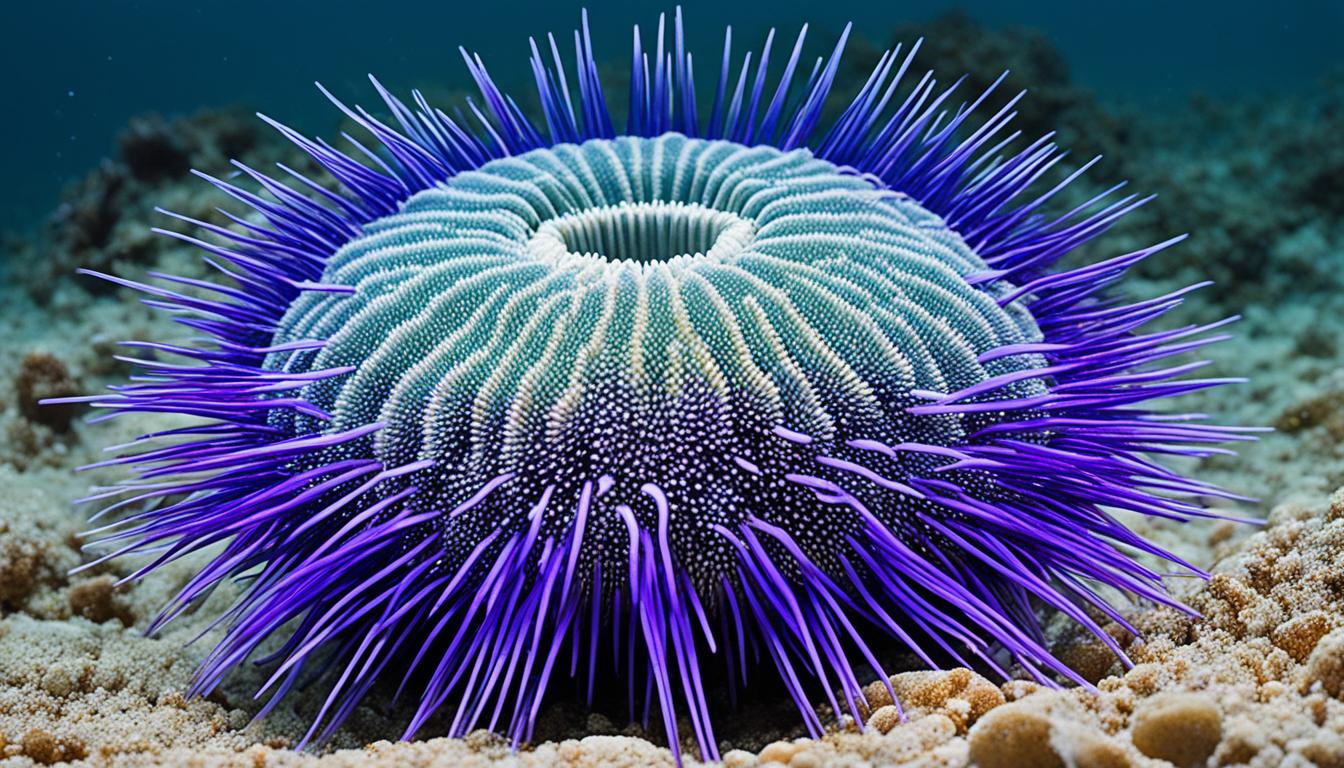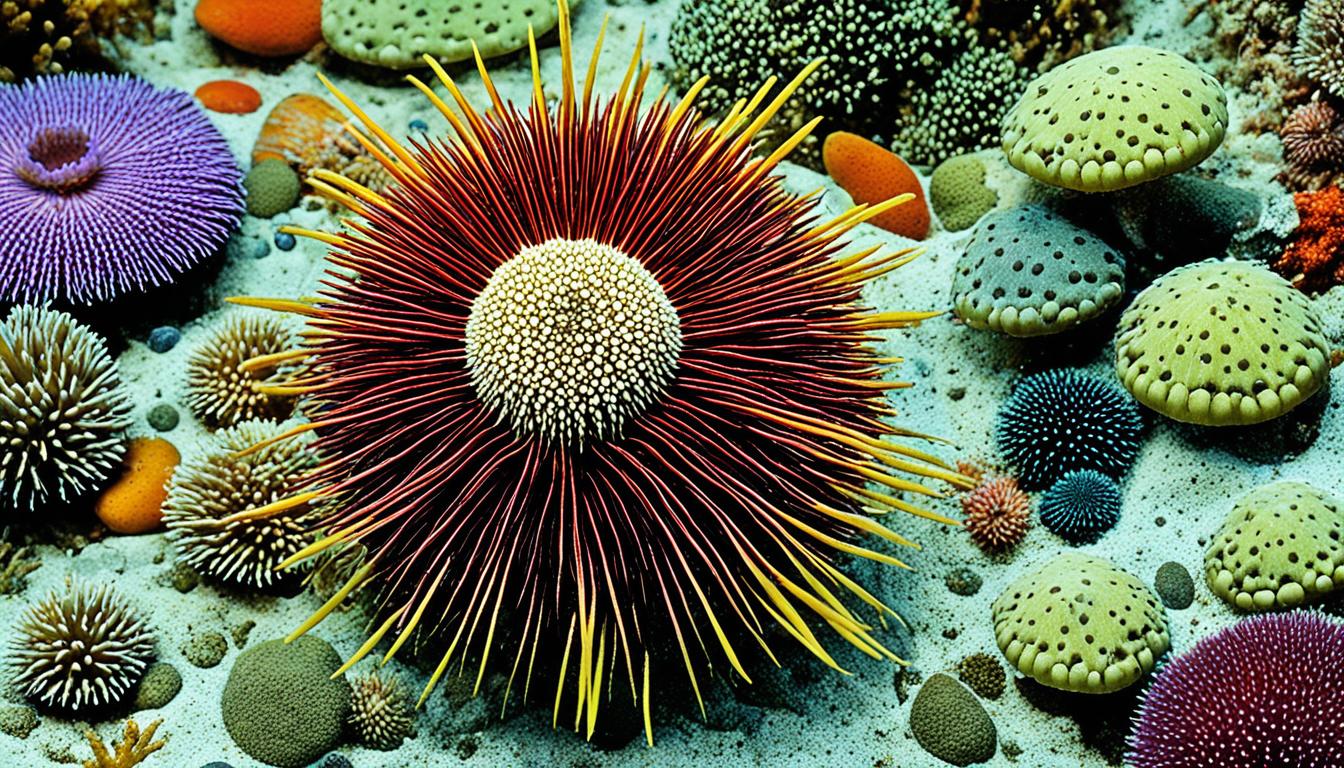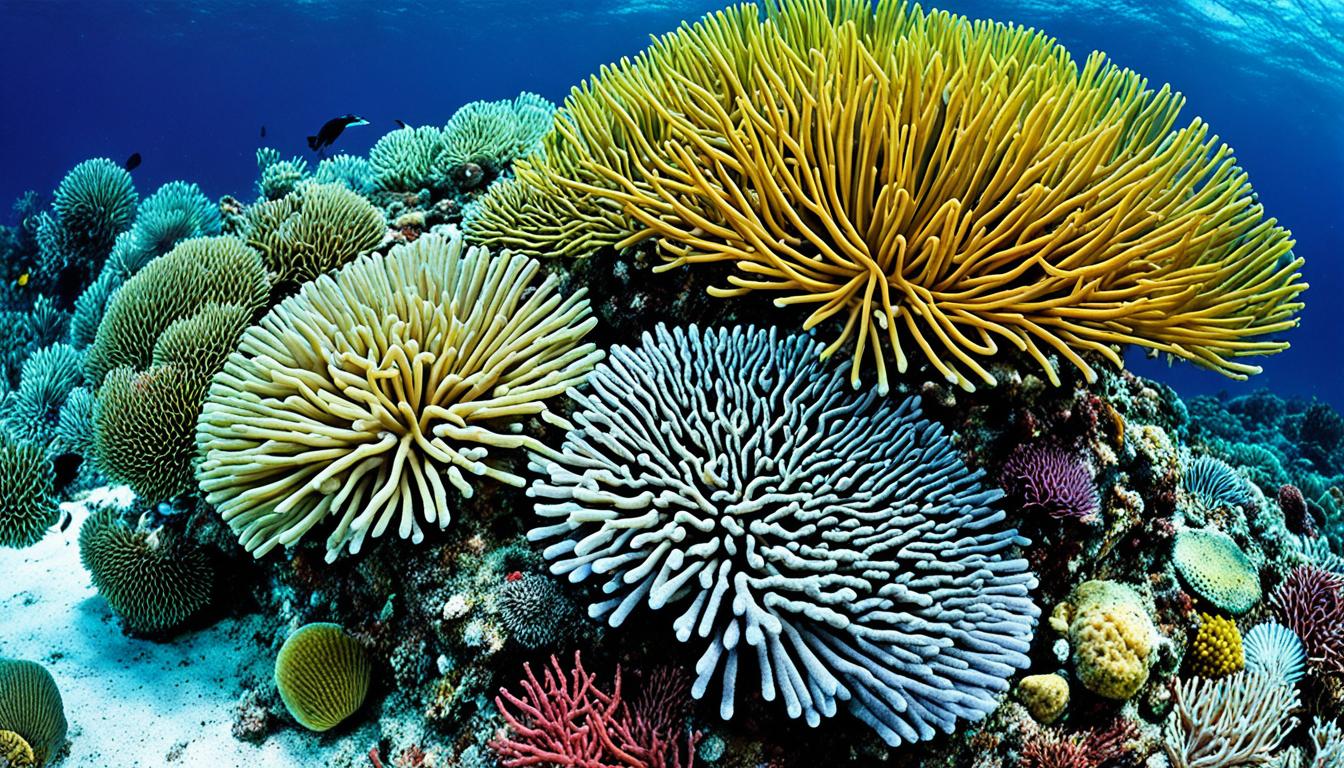Ever wondered how sea otters sleep? These marine mammals have sleeping habits that fascinate everyone. They rest for almost eleven hours a day. This helps them save energy and keep their bodies working right.
Sea otters don’t have blubber like seals do for keeping warm. But they have the thickest fur of any animal, with up to one million hairs per square inch. This fur keeps their body temperature at 100°F, which is key to surviving in the water.
Understanding Sea Otter Sleeping Habits
Sea otters have interesting sleeping habits that show how they live. They are mostly awake during the day, doing important things like eating and cleaning their fur. This cleaning is key to keeping their thick fur warm and helping them float in the water.
You might ask, where do sea otters sleep? They usually sleep in shallow water but often float on the surface in groups. This way, they stay safe from predators and can easily find food after resting.
These sea otter sleeping habits help them stay alert and keep up their energy. They sleep a little at a time during the day. This lets them enjoy being with others, which also keeps them safe from danger.
Looking into sea otter sleep patterns shows how important being together is for them. Being near each other makes them safer from threats in their world.
| Activity | Details |
|---|---|
| Feeding | Engages in diving for food during the day. |
| Grooming | Essential for maintaining fur health; can consume long periods. |
| Sleeping | Short naps on the water’s surface in groups. |
| Social Behavior | Staying close enhances safety against predators. |
Sea Otter Sleep Patterns Throughout the Day
Sea otters have unique sleep patterns that reflect their lifestyle. They spend about five hours grooming and playing, and eleven hours resting. This rest is key for their energy, as they eat a lot, consuming up to a quarter of their body weight.
Ever wondered, do sea otters float when sleeping? Yes, they do. They float on their backs, spreading their limbs wide to stay afloat. This is crucial for their safety. They use different sleeping positions to rest comfortably.
Sea otters can stay dry while sleeping thanks to their thick fur. This fur traps air, keeping them warm in cold water. They groom their fur often, which helps them stay warm and comfortable while resting.
| Activity | Duration (Hours) |
|---|---|
| Grooming and Playing | 5 |
| Resting | 11 |
| Feeding | Variable |
How do sea otters sleep?
Sea otters have unique ways of sleeping that are both interesting and essential for their survival. They sleep in ways that help them stay warm and alert in the water. This ensures they are always ready to face challenges in their underwater world.
Floating on Their Backs
Sea otters often sleep by floating on their backs. This position keeps their thick fur warm and above the water. It also lets them rest easily while staying alert for dangers.
Using Kelp for Anchoring
Sea otters use kelp or seaweed to help them sleep. This does two things. It keeps them from floating away with the currents, giving them a safe spot to rest. It also helps them stay warm in cold water.
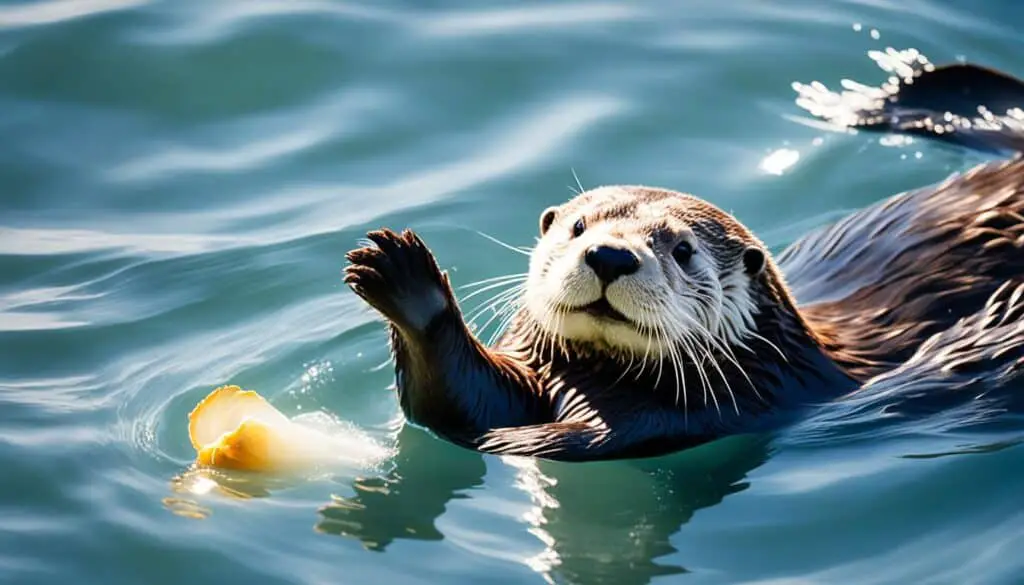
| Sleeping Behavior | Description |
|---|---|
| Floating on Back | Helps conserve body heat and maintain vigilance. |
| Wrapping in Kelp | Secures against currents and aids in thermoregulation. |
Sea Otter Sleeping Behavior in Rafts
Sea otters sleep in big groups called rafts, which can have up to 100 otters. These rafts help them stay safe and warm. Sleeping together also helps them save energy.
Being in a group keeps them safe from predators. It’s like a protective shield. They also stay warm together, which is important in cold water.
Most of the time, these groups are all male. This helps them keep their social bonds strong. It’s important for their survival and happiness.
Why Do Sea Otters Hold Hands While Sleeping?
Sea otters hold paws while sleeping, showing their social nature. This behavior keeps their groups close. It’s a way for them to stay together and feel safe.
The Social Aspect of Sleeping
Sea otters love to be with others, and sleeping is no exception. Holding hands helps them bond and stay close. This keeps their group strong and together, even when they’re resting.
Keeping Together for Safety
Sea otters also hold hands for safety. In the ocean, being in a group protects them from predators. They can watch out for each other, making it safer for everyone. So, their cute behavior is also a smart way to stay safe.
FAQ
How do sea otters sleep?
Sea otters sleep mostly floating on their backs in the water. This way, they keep warm and keep their fur dry. It’s key for staying warm.
Where do sea otters sleep?
They sleep in shallow waters, floating on the ocean’s surface. They often sleep in groups to stay safe and warm.
Do sea otters float when sleeping?
Yes, they float while sleeping. Their fur makes them buoyant, so they don’t sink. This makes resting and staying safe easier.
What are sea otter sleeping positions?
They sleep on their backs with their limbs spread wide. This stops them from drifting away. Sometimes, they wrap themselves in kelp to stay put.
What is sea otter sleeping behavior?
They sleep in groups, floating together. This helps them stay safe and warm while they rest.
What are some interesting sea otter sleeping facts?
Sea otters rest and sleep for up to eleven hours a day. Their sleep habits help them manage their body functions and save energy.
Why do sea otters hold hands while sleeping?
Holding hands helps them stay together and not drift apart. It also strengthens their social bonds and keeps them safe.
What role does social structure play in sea otter sleeping habits?
Their social structure is clear in how they sleep in groups. These groups improve safety, warmth, and social interaction while they rest.

